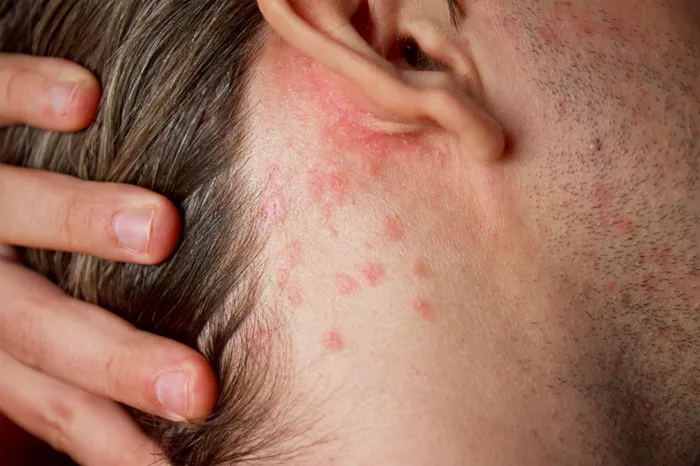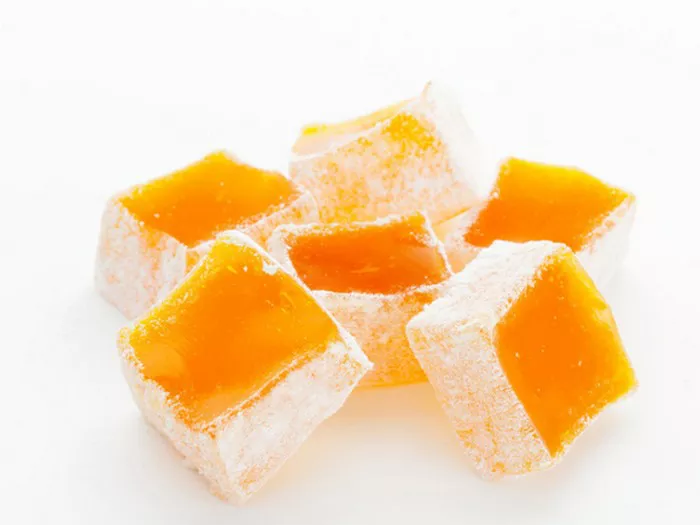Stretch marks are more than just lines on the skin—they tell a story. Whether they came from pregnancy, puberty, weight gain, or muscle growth, stretch marks are a common part of life. They appear when the skin stretches rapidly, causing the collagen and elastin beneath the surface to tear. As the skin heals, these scars form in streaks, often starting red or purple before fading into pale silver or white over time.
Old stretch marks, also known as mature stretch marks, are more difficult to treat because they’ve settled deep into the skin. Their color fades, but their texture often remains. Unlike newer marks, which respond more easily to topical treatments, older ones require patience, consistency, and products formulated with powerful ingredients. Fortunately, advances in skincare have introduced creams designed to visibly reduce their appearance—even years after they’ve formed.
Why Creams Are Still Worth Using
Some people dismiss topical creams as ineffective for old stretch marks, believing that only laser treatments or microneedling can work. But the truth is more nuanced. While no cream can completely erase mature stretch marks, the right formulation can significantly improve their color, texture, and depth. With regular use, these products can restore confidence and smoothness to your skin.
Creams are non-invasive, painless, and far more affordable than clinical procedures. They can be used at home and incorporated easily into your daily skincare routine. Unlike one-time treatments, stretch mark creams support gradual healing, which is gentler on the skin. For many people, a good cream is the first—and often best—step toward reclaiming their skin’s natural look.
Key Ingredients to Look For
Not all stretch mark creams are created equal. The best ones target both the surface and deeper layers of the skin. Look for ingredients that stimulate collagen production, hydrate intensely, and encourage skin regeneration. One of the most effective ingredients is retinol, a vitamin A derivative known for boosting cell turnover and smoothing scars. However, it should be used with caution and avoided during pregnancy.
Centella Asiatica, also known as cica, is a plant extract that enhances collagen synthesis and reduces inflammation. It’s particularly helpful for sensitive skin. Hyaluronic acid adds moisture and plumps the skin, making stretch marks less noticeable. Peptides, glycolic acid, and vitamin E also play vital roles in renewing the skin barrier. Combining these ingredients with consistent application can make a visible difference over time.
The Role of Consistency and Patience
The biggest mistake people make with stretch mark creams is giving up too soon. Old stretch marks took time to form, and they’ll take time to fade. Even the most advanced creams need at least 8 to 12 weeks of daily use to show visible results. Some people may need 4 to 6 months to see significant improvement, especially with deeper or larger marks.
Applying the cream once a week won’t cut it. To see results, you must apply it at least once—if not twice—daily. Gently massage it into clean, slightly damp skin to boost absorption. Choose a time of day when you can apply it consistently, like after your morning shower or before bedtime. With discipline, visible transformation is not just possible—it’s likely.
How to Apply Cream for Maximum Results
Application technique is just as important as the product itself. Start by cleansing your skin to remove oils and dirt that can block absorption. Apply the cream in circular, upward motions to stimulate circulation and help the product penetrate deeper. Don’t rush the process. Spend a minute or two massaging the cream into each affected area. This not only ensures even coverage but also promotes lymphatic drainage, which supports healing.
Exfoliating the area 2–3 times per week can enhance results. Gentle exfoliation removes dead skin cells, allowing active ingredients to work more effectively. Use a scrub with sugar, lactic acid, or glycolic acid, but avoid harsh products that can irritate or dry the skin. After exfoliating, always moisturize thoroughly to restore the skin barrier.
Top Cream Recommendations for Old Stretch Marks
Several creams have gained strong reputations for fading old stretch marks. Bio-Oil Skincare Oil is a cult favorite, known for its blend of plant oils and vitamins that soften and smooth mature marks. Though technically an oil, its lightweight formula absorbs easily and supports long-term skin repair. Palmer’s Cocoa Butter Formula Massage Lotion for Stretch Marks combines shea butter, vitamin E, and argan oil to deeply moisturize and improve elasticity.
Mederma Stretch Marks Therapy uses botanical extracts and hyaluronic acid to treat old scars and improve skin tone. StriVectin SD Advanced Plus is another premium choice. It contains patented NIA-114™ and collagen-boosting peptides that visibly reduce the look of old stretch marks over several months. While pricier, it’s praised for its results on mature skin damage.
Combining Creams With Lifestyle Habits
Creams work better when supported by healthy skin habits. Staying hydrated is crucial. Drinking enough water keeps your skin plump, elastic, and able to regenerate. Nutrient-rich diets with plenty of zinc, vitamin C, and antioxidants provide your skin with the tools it needs to heal from the inside out.
Avoid smoking, excessive alcohol, and high-sugar diets, which break down collagen and slow recovery. Getting enough sleep is another underrated factor. During deep sleep, your skin undergoes repair and renewal. Pairing creams with a healthy lifestyle not only boosts their effectiveness but also helps prevent new marks from forming in the future.
What to Expect in the Healing Process
It’s important to set realistic expectations. No cream will erase old stretch marks completely, but the right product can fade them significantly and improve the skin’s texture. Over time, stretch marks may become thinner, lighter, and smoother to the touch. They may still be faintly visible under certain lighting, but far less noticeable than before.
Many users report a change in skin tone, reduced discoloration, and improved firmness after consistent use. The key is to track your progress with monthly photos rather than daily mirror checks. Because change happens slowly, visual comparisons help you appreciate the improvement. And remember—stretch marks are natural. Reducing their appearance is a personal choice, not a requirement.
Professional Treatments for Stubborn Marks
If creams alone don’t deliver the results you want, professional options are available. Microneedling uses fine needles to stimulate collagen production and improve the texture of stretch marks. Laser therapy, such as fractional CO2 or pulsed dye laser, can lighten discoloration and smooth the skin. These treatments are more expensive and may require multiple sessions, but they can be effective for deep or resistant marks.
However, combining professional treatments with a good cream can accelerate and maintain results. Many dermatologists recommend using topical products between sessions to support the healing process and prolong improvements. Always consult a skincare specialist before undergoing clinical treatments to determine the best approach for your skin type.
Embracing Your Skin’s Journey
Stretch marks are incredibly common. Over 80% of people will develop them at some point in life. While it’s completely valid to want to reduce their appearance, it’s also important to approach the process with kindness. Your body has been through changes—growth, childbirth, transformation. These marks are reminders of strength and resilience.
Using creams to improve your skin is a form of self-care, not shame. It’s about investing in how you feel, not hiding who you are. Treat your skin gently, nourish it deeply, and celebrate every sign of progress. Whether your stretch marks fade entirely or simply soften, every step forward is a win.
Final Thoughts
Old stretch marks may be stubborn, but they’re not untouchable. With the right cream, a committed routine, and a little patience, visible improvement is absolutely possible. The journey may be slow, but it’s also empowering. You’re not just treating your skin—you’re rebuilding confidence and reclaiming your beauty on your own terms.
Remember, your skin is your story. You get to choose how it’s told. Whether you want to reduce stretch marks or embrace them proudly, the most important thing is that you feel at home in your body. And if a cream helps you get there, then it’s more than just skincare—it’s self-love in a bottle.
Related Topics































